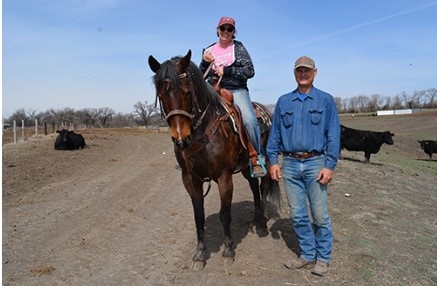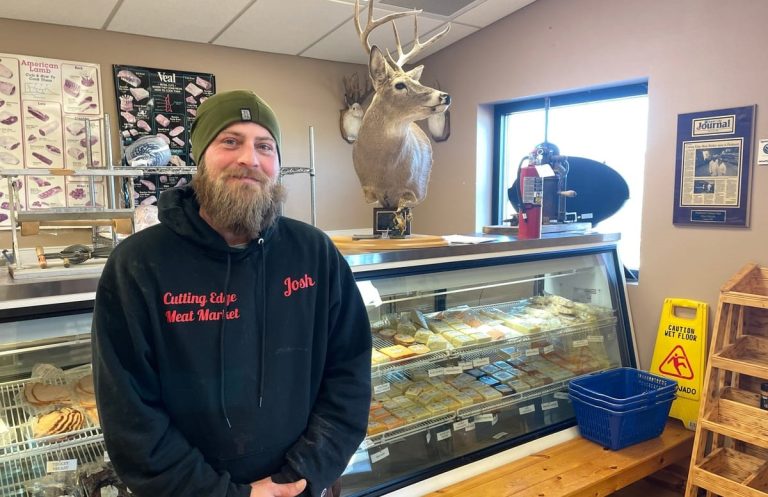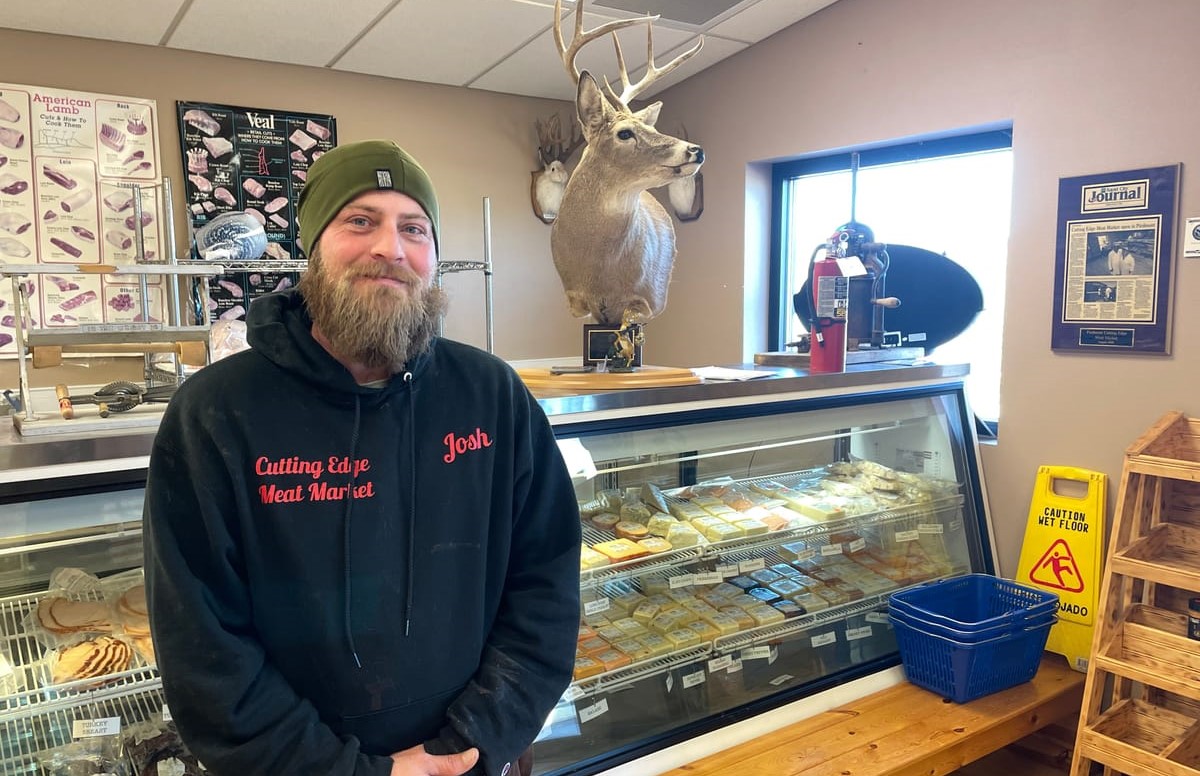RAPID CITY, SD – The South Dakota State University Center of Excellence for Bison Studies in collaboration with the Texas A&M AgriLife Extension Service recently published “Getting Started with Bison Ranching”.
This resource was created to highlight the opportunities that exist for those interested in transitioning to bison ranching whether they are new to ranching or have a background in cattle ranching.

“The Great Plains and Intermountain West, especially the northern Great Plains, are home to the historic range of bison distribution and are where the most bison are produced today,” said Jeff Martin, SDSU Center of Excellence for Bison Studies director of research. “It is likely that new producers will be in or near these regions, so we anticipate that they will also likely need to know about the additional resources being produced out of the Center of Excellence for Bison Studies at South Dakota State University.”
The resource highlights the pros and cons of raising bison that those who are contemplating bison ranching should consider. These considerations involve a variety of topics including herd health, managing rangelands and pasture for bison, economic feasibility and more.
“The main challenge is that producers cannot treat bison like cattle,” said Chase Brooke, Texas A&M AgriLife County Extension Agent. “Their behavior, habits, nutrient needs, and facility requirements are different, so being aware of these challenges ahead of time can make the transition much smoother.”
Bison ranching is becoming increasingly more popular due to the increased economic profitability that can be achieved compared to some other livestock species. Bison are also desirable from a conservation standpoint. They contribute to rangeland conservation efforts by integrating into native rangeland ecosystems, “Having evolved with the native plant communities in the Great Plains, their grazing habits are able to more sustainably utilize those forages and maintain long-term forage health,” said Brooke.
Martin and Brooks plan to release more bison-related content in the future focused on specific management topics related to the advantages and challenges that surround bison ranching.
The “Getting Started with Bison Ranching” article can be found on the SDSU Extension website at https://extension.sdstate.edu/getting-started-bison-ranching
“Ultimately, we want to show that while bison and cattle are both large-bodied ruminants with similarities, there are some nuanced differences between them, and the management should reflect those underlying differences,” said Martin.
For more information on the article, contact Jeff Martin at 605-394-2236 or [email protected] or Chase Brooke at 972-548-4342 or [email protected].
The Center of Excellence for Bison Studies (www.sdstate.edu/bisoncoe) is a partnership between South Dakota State University, the National Bison Association, and the National Buffalo Foundation. Headquartered at SDSU’s West River Research and Extension Facility in Rapid City, the center focuses on research, Extension, and educational activities to improve bison herd health and the economic viability of both private and tribal bison producers.












